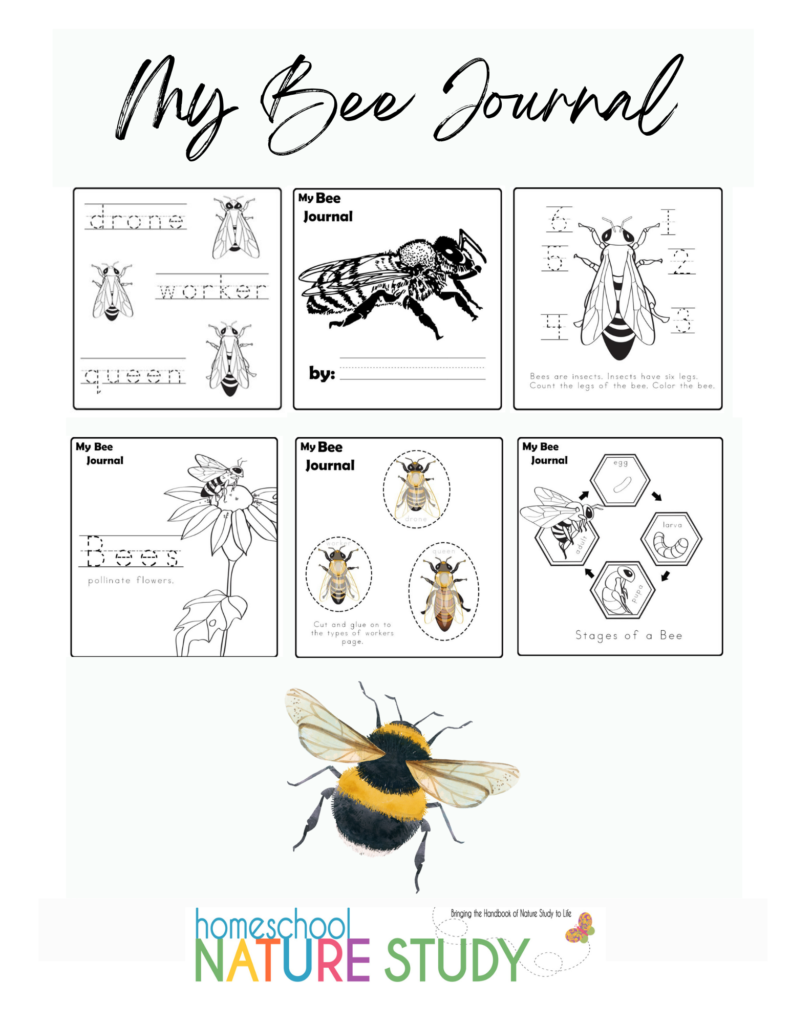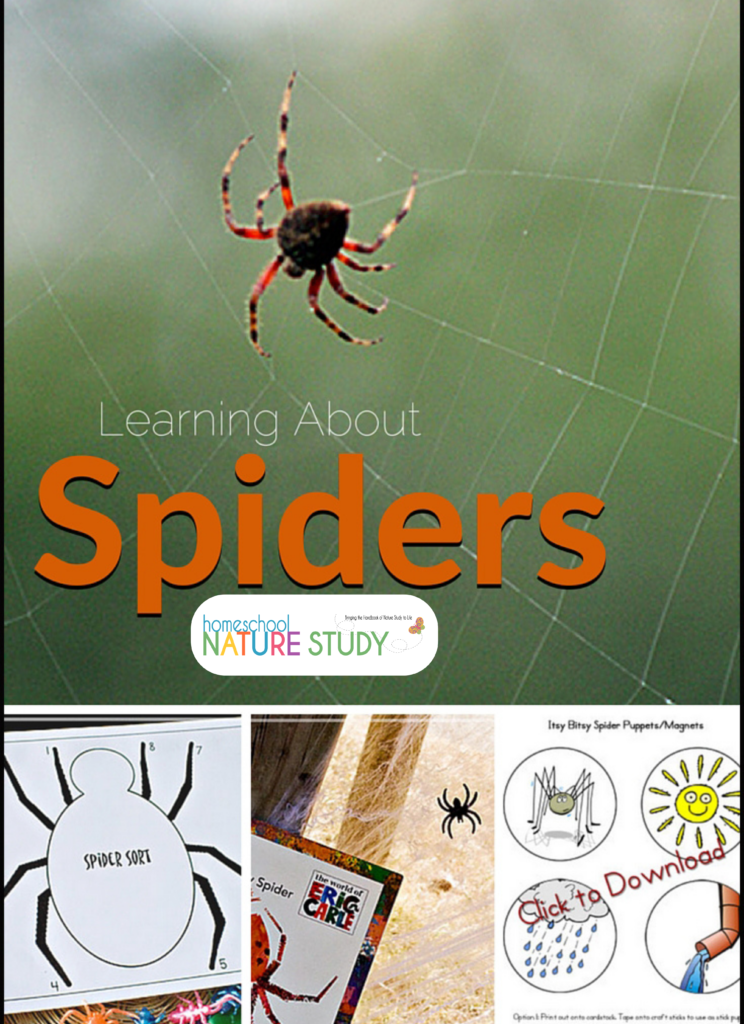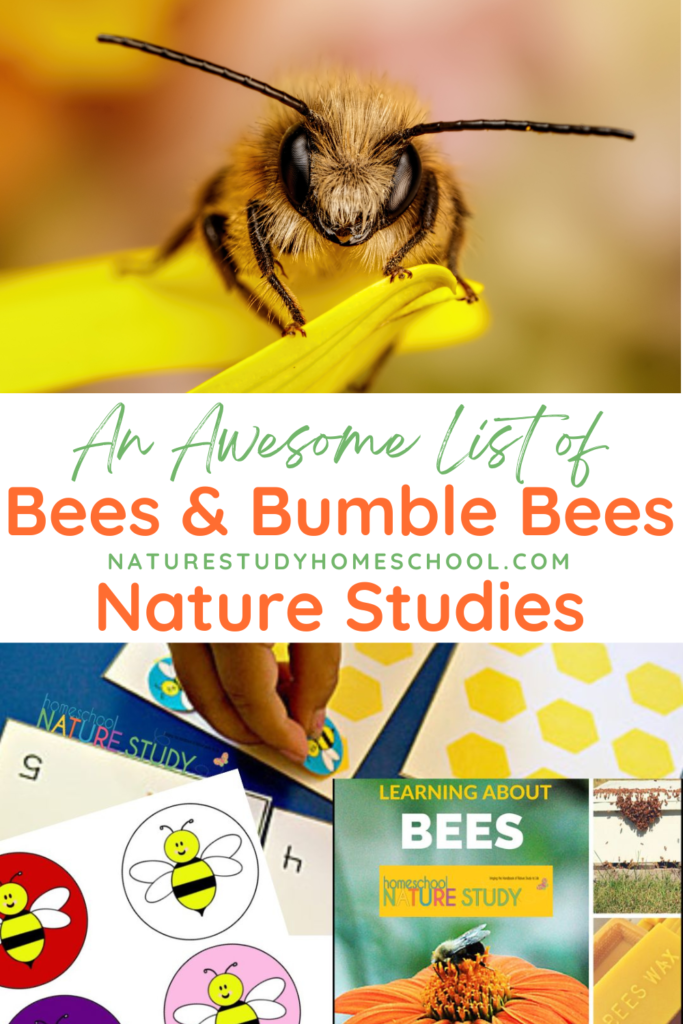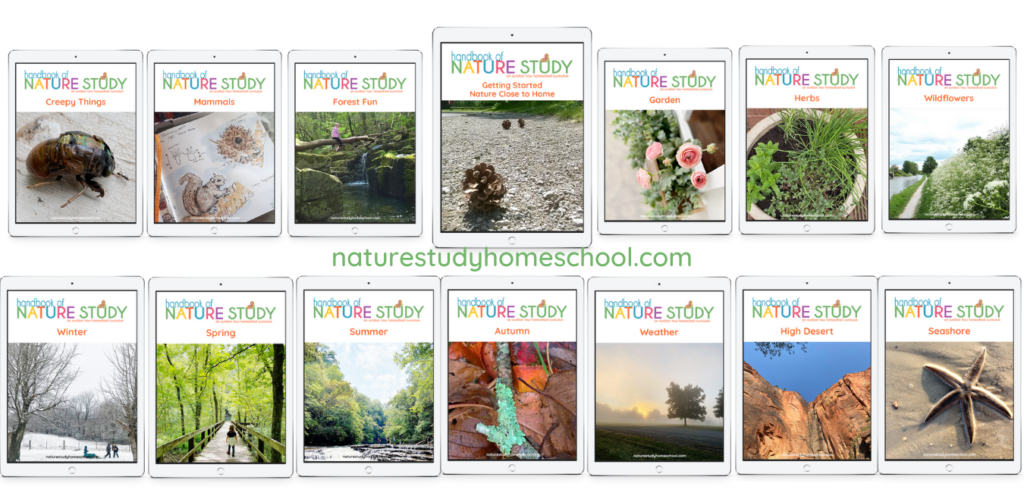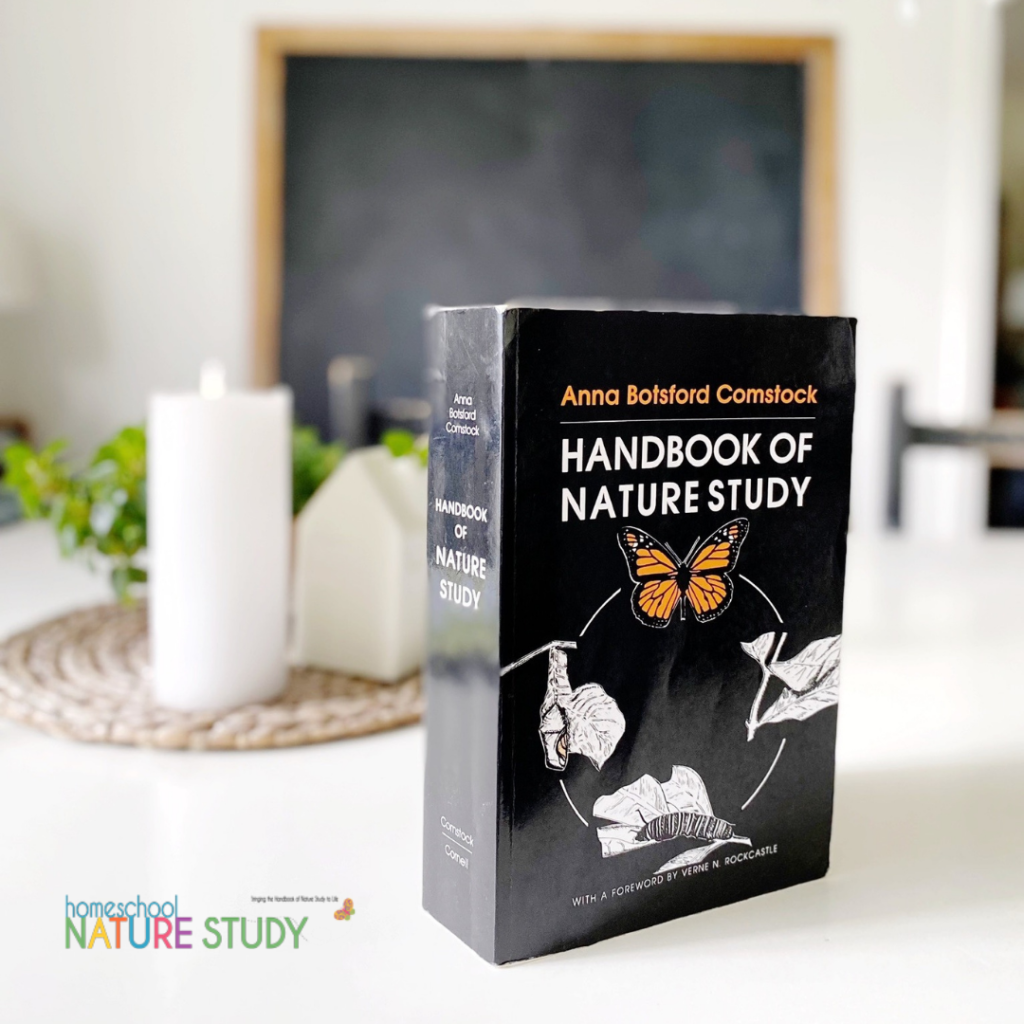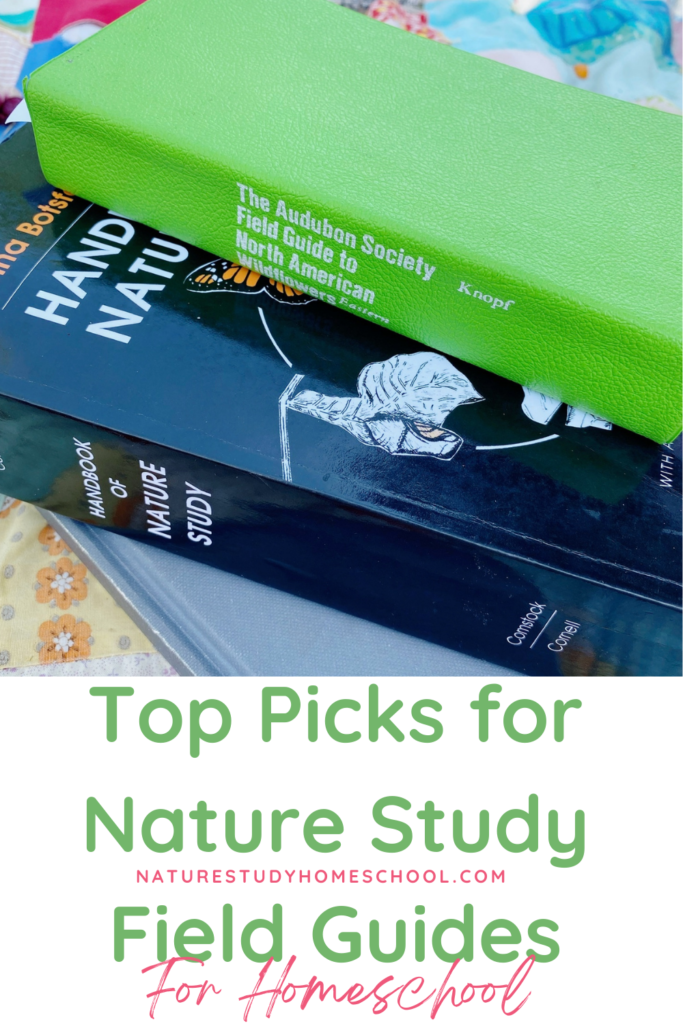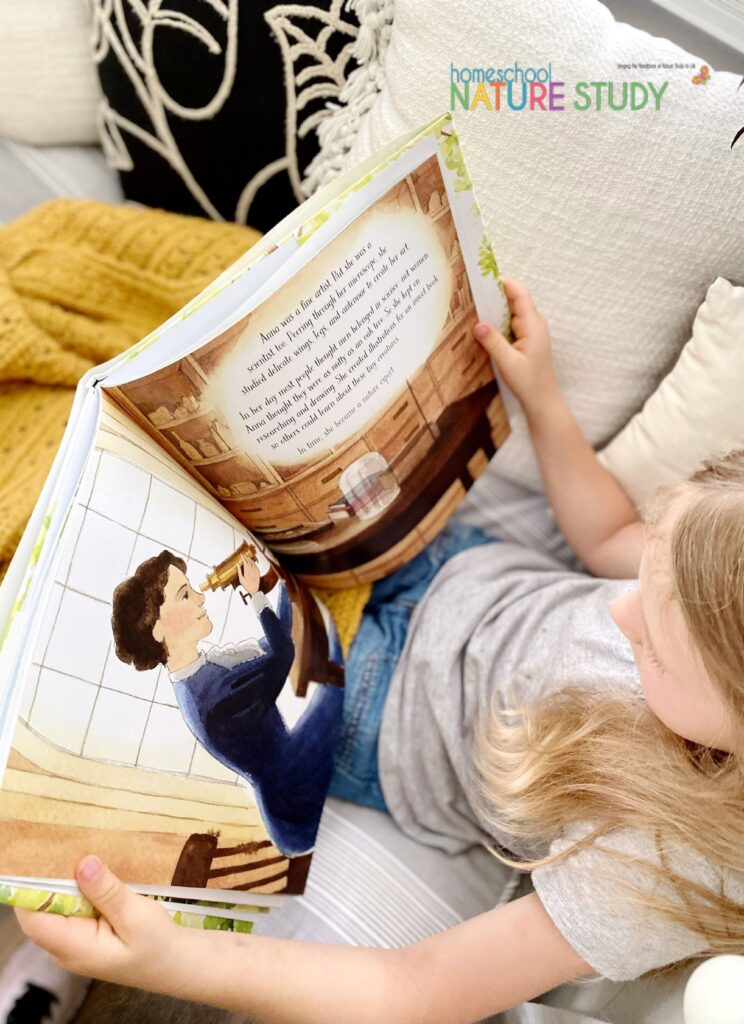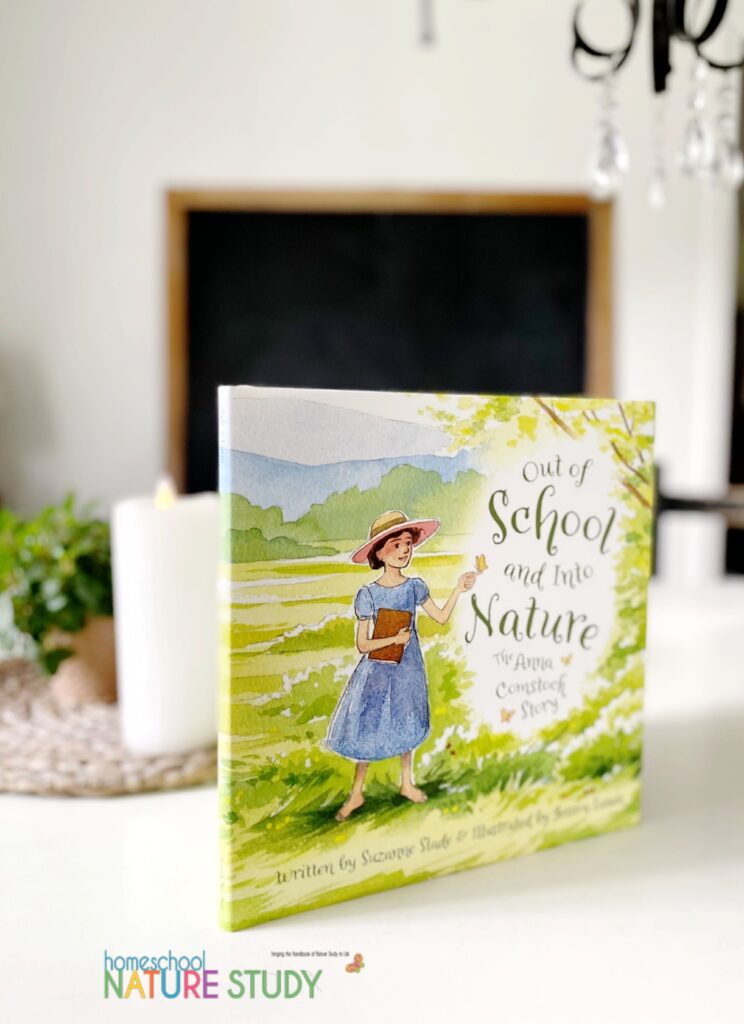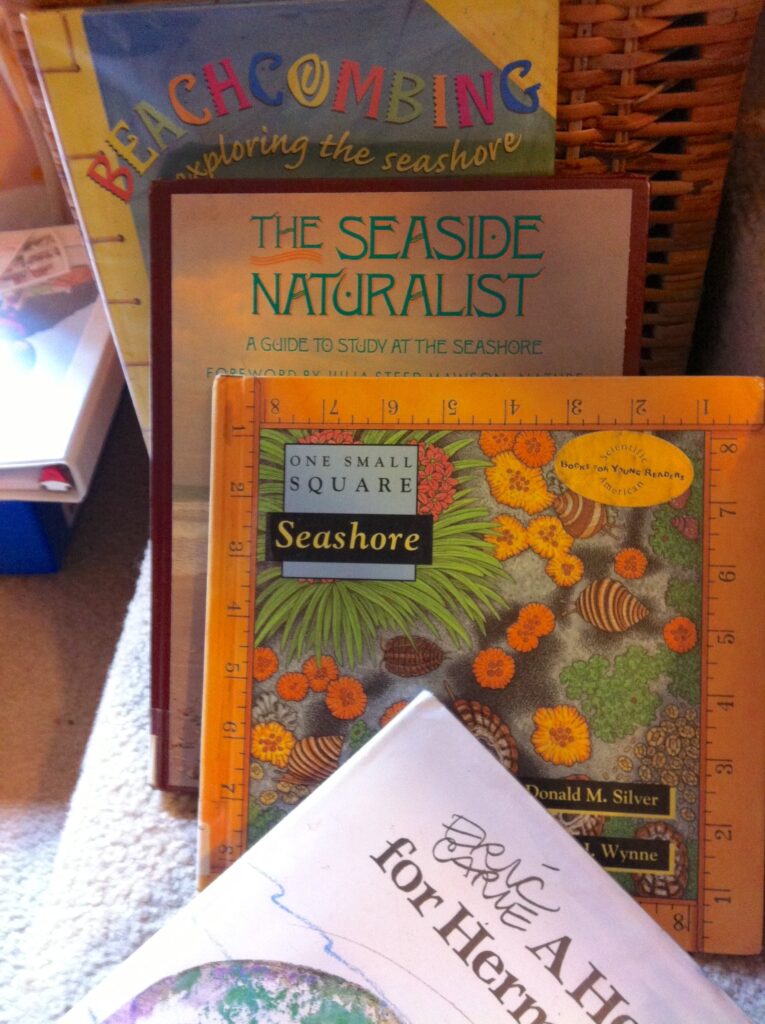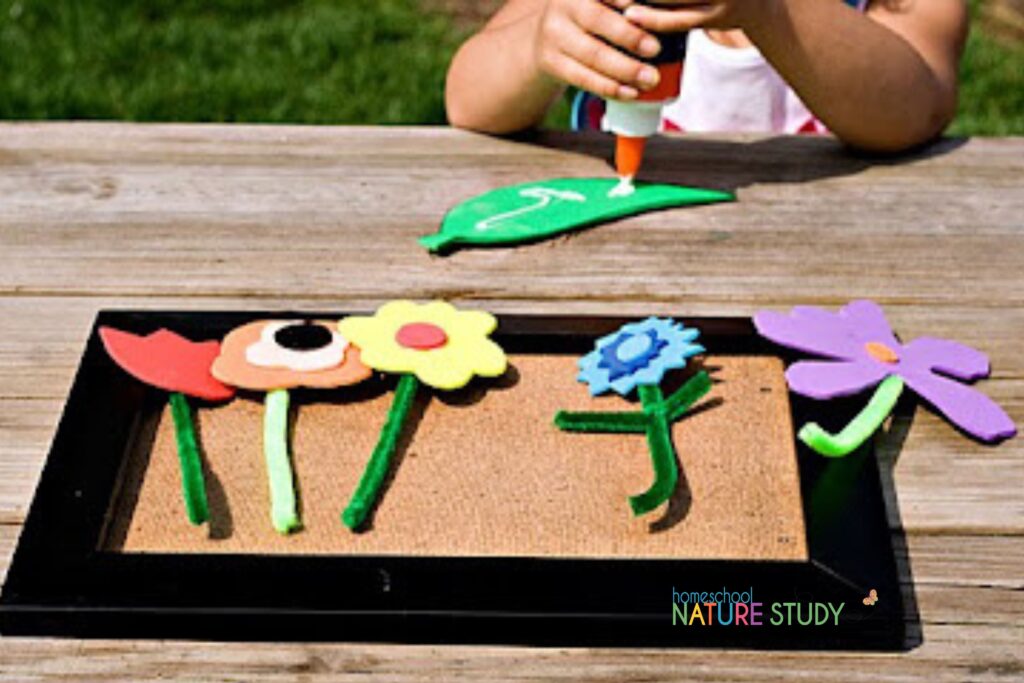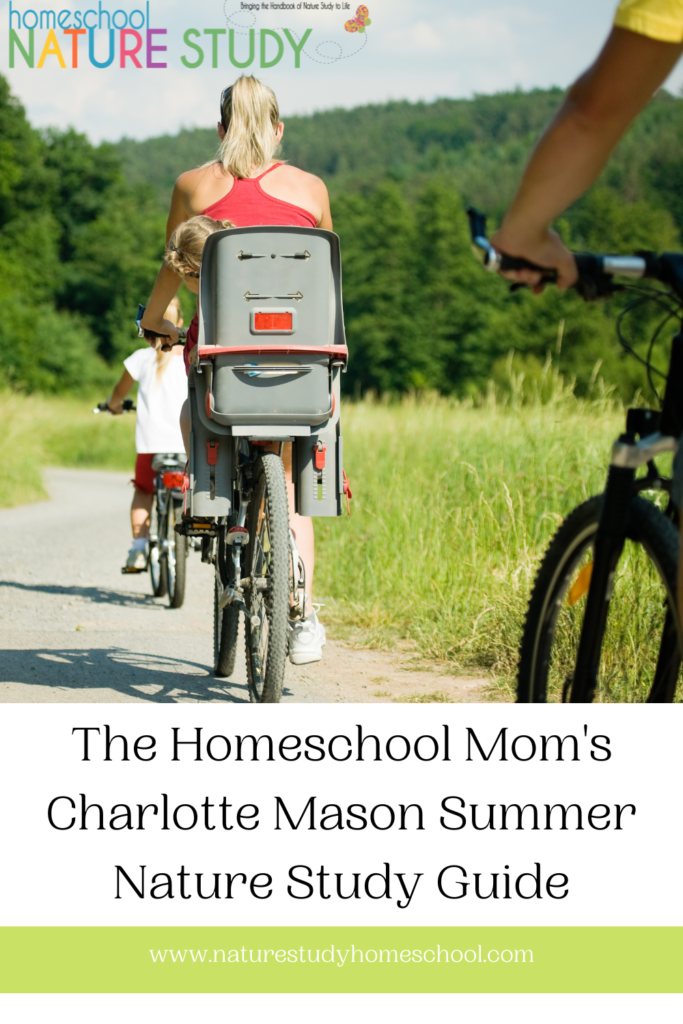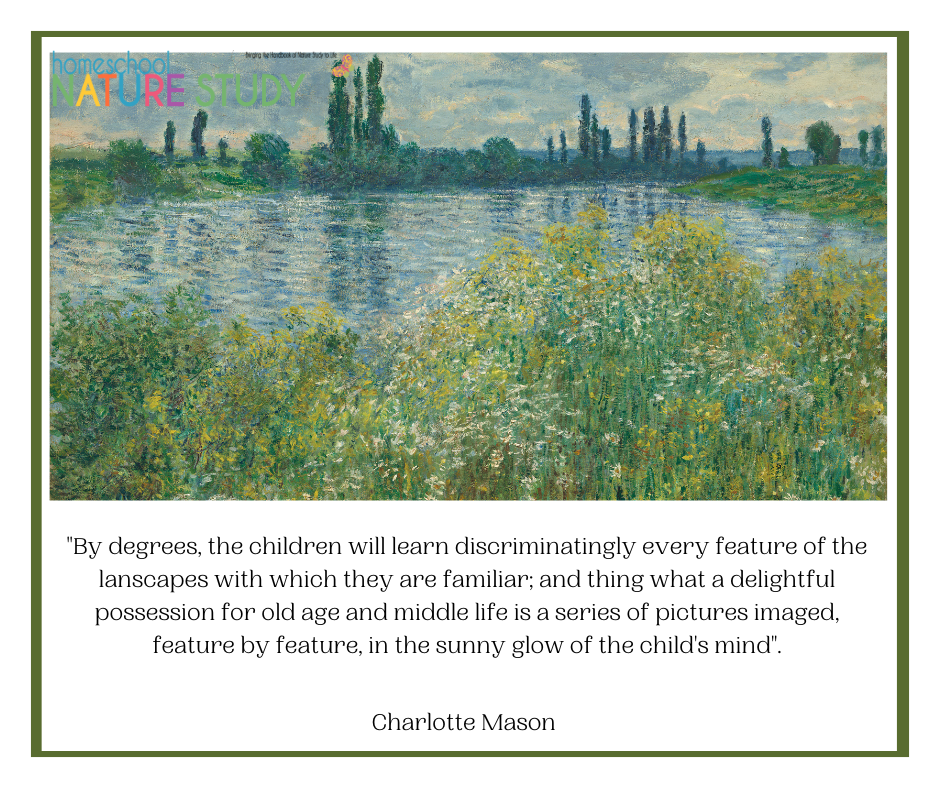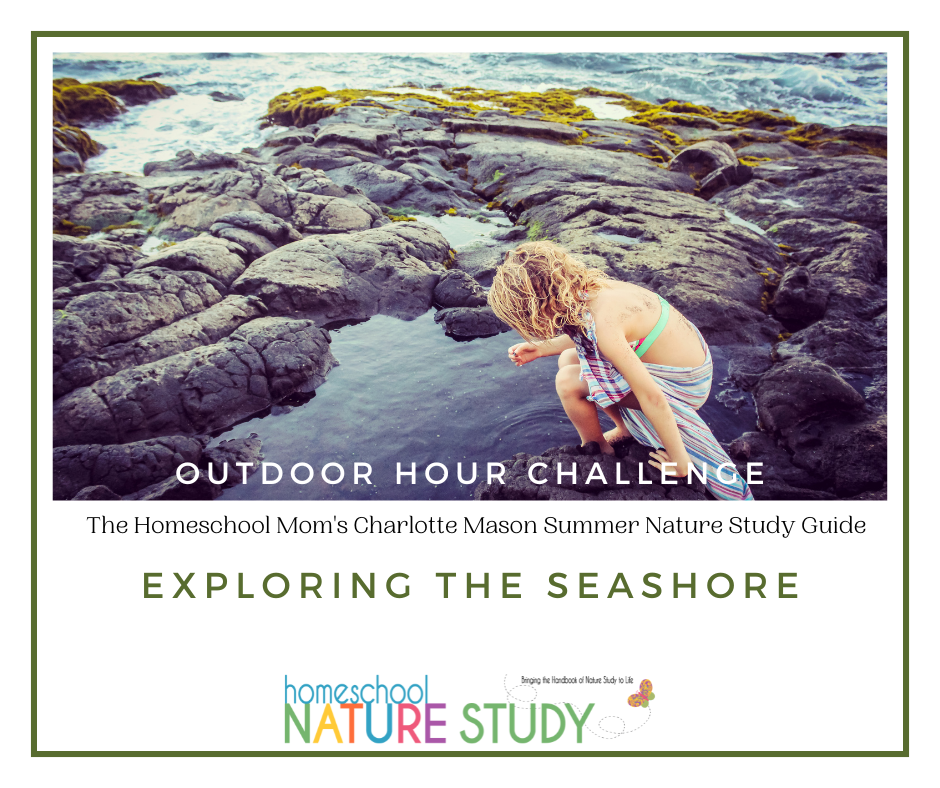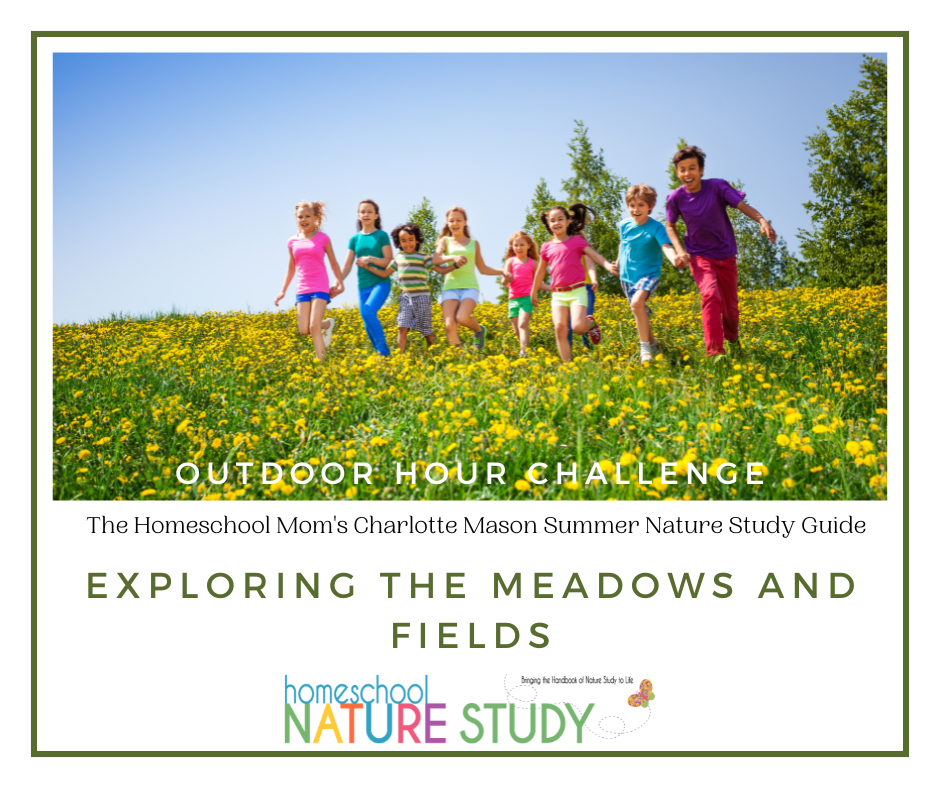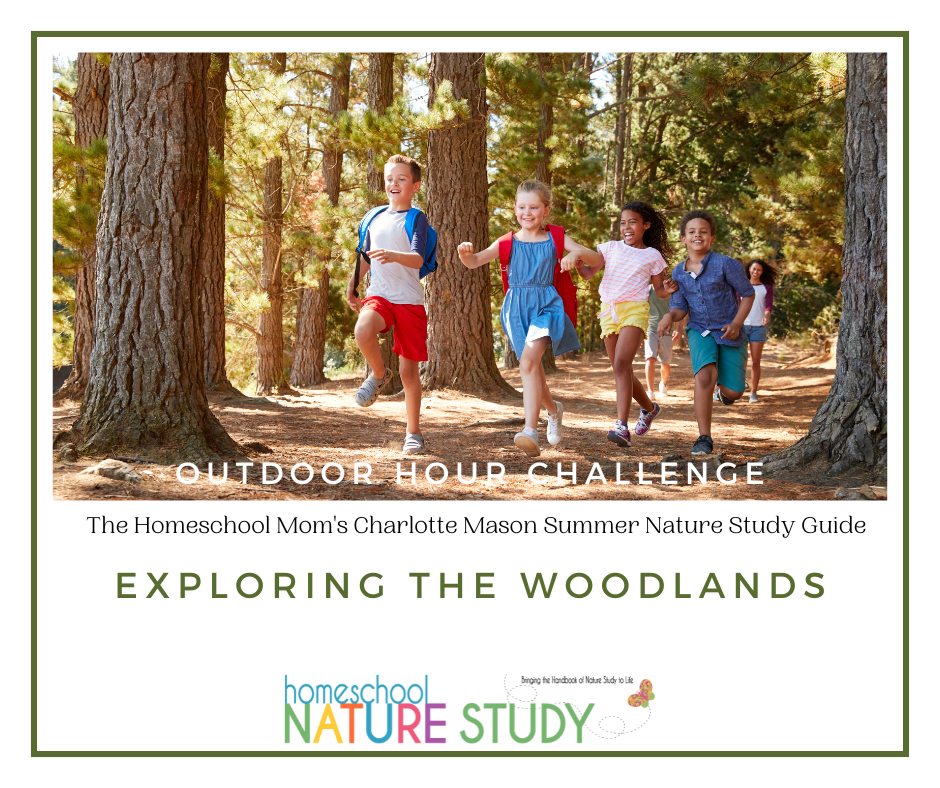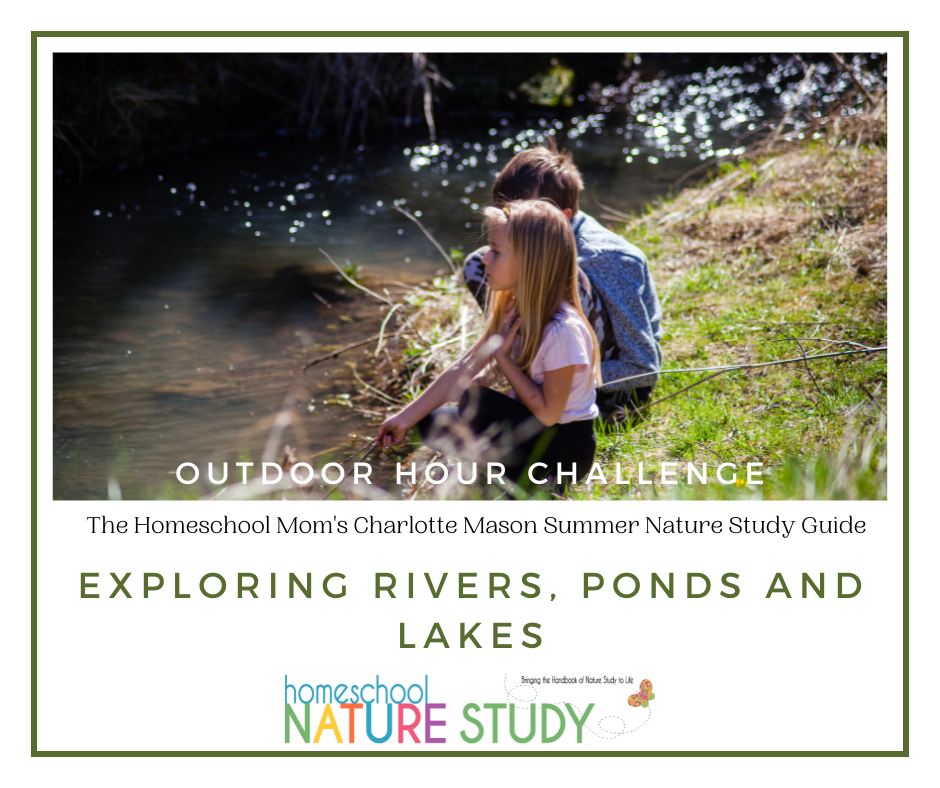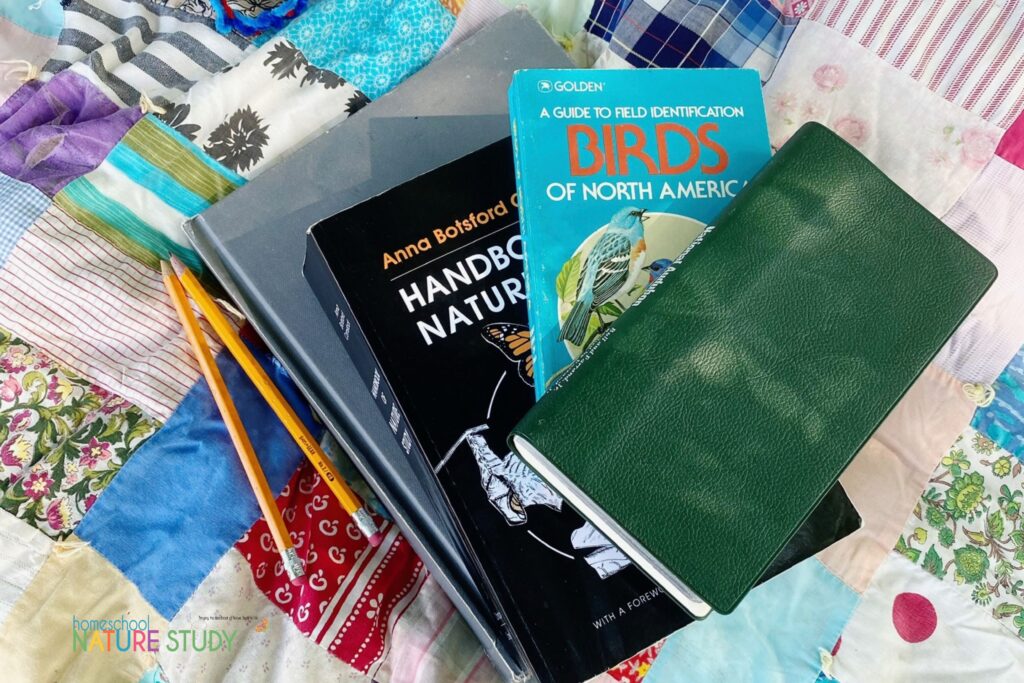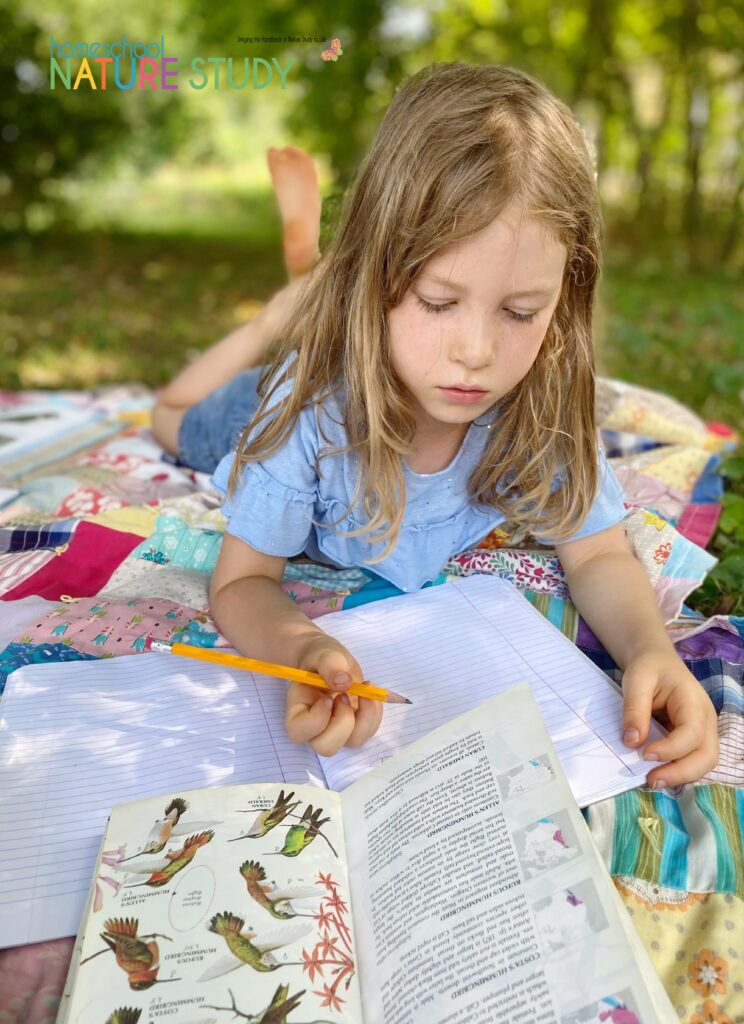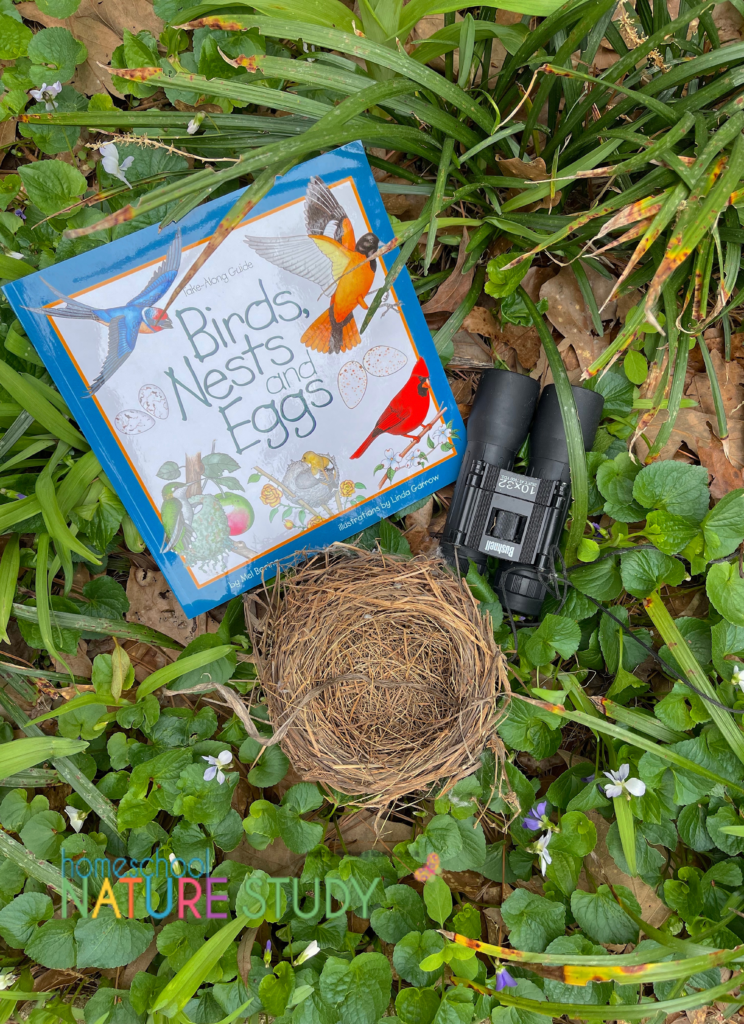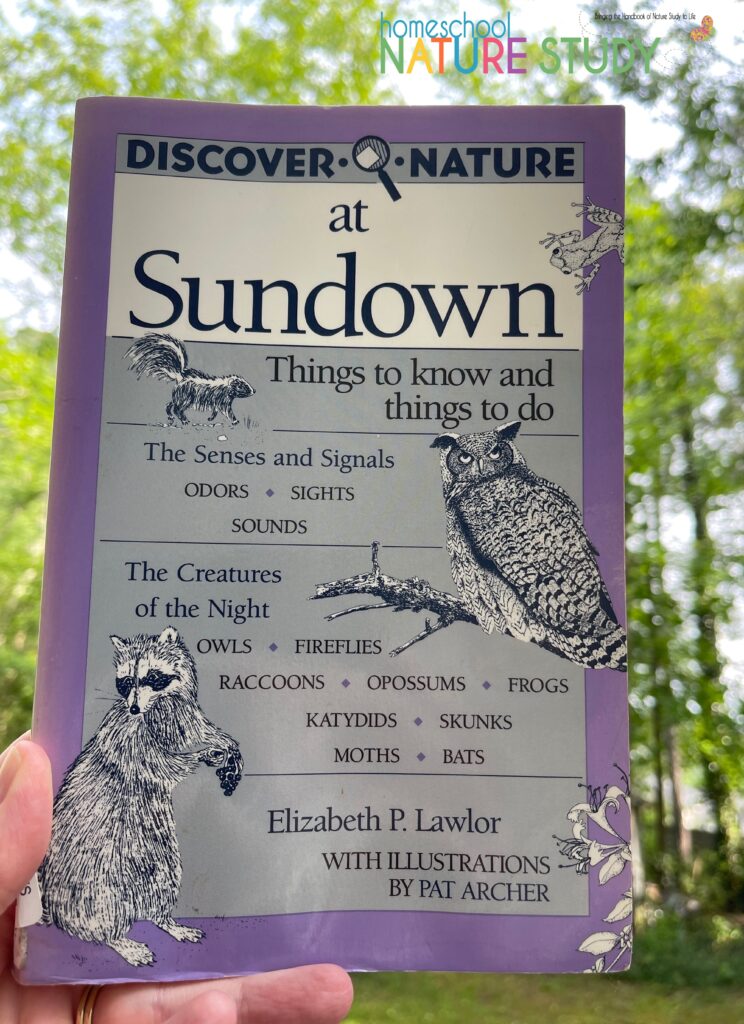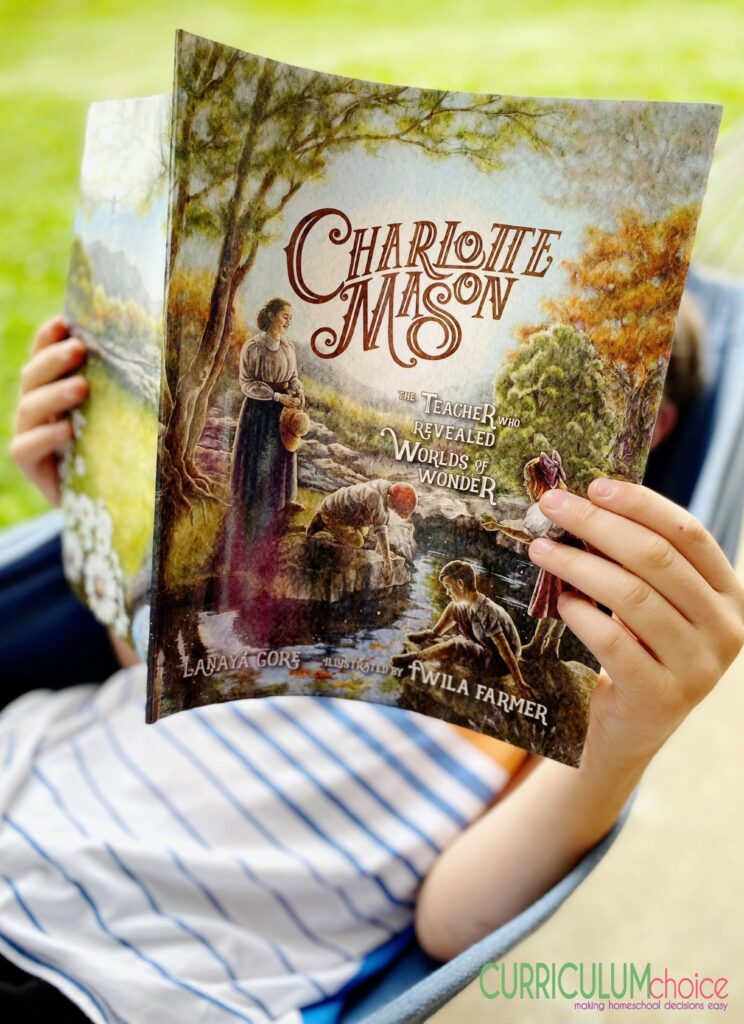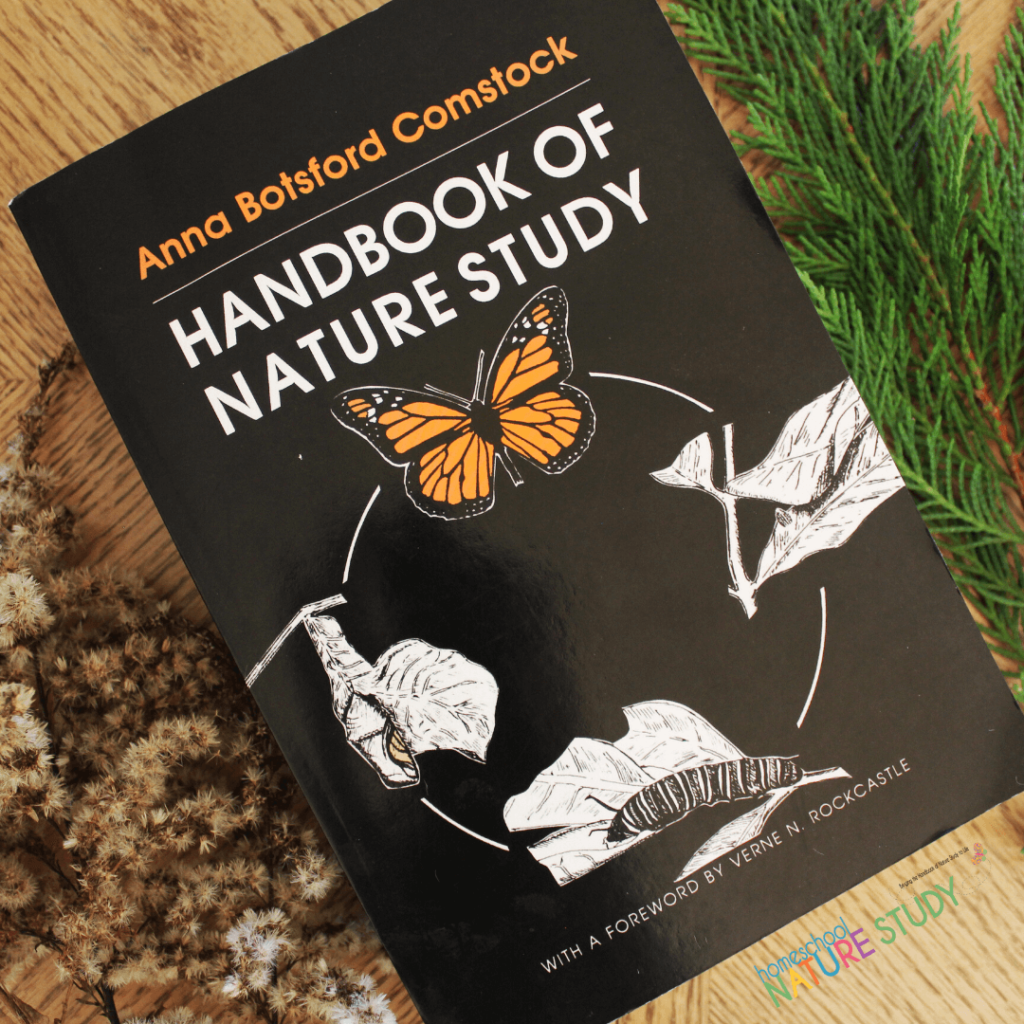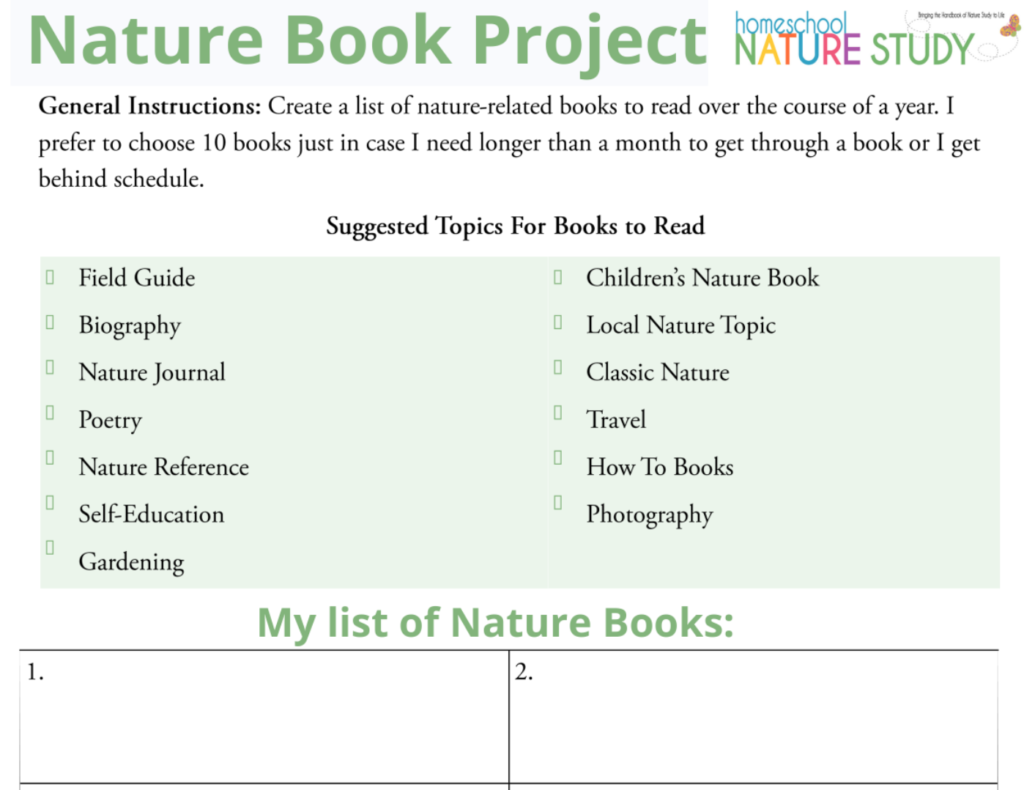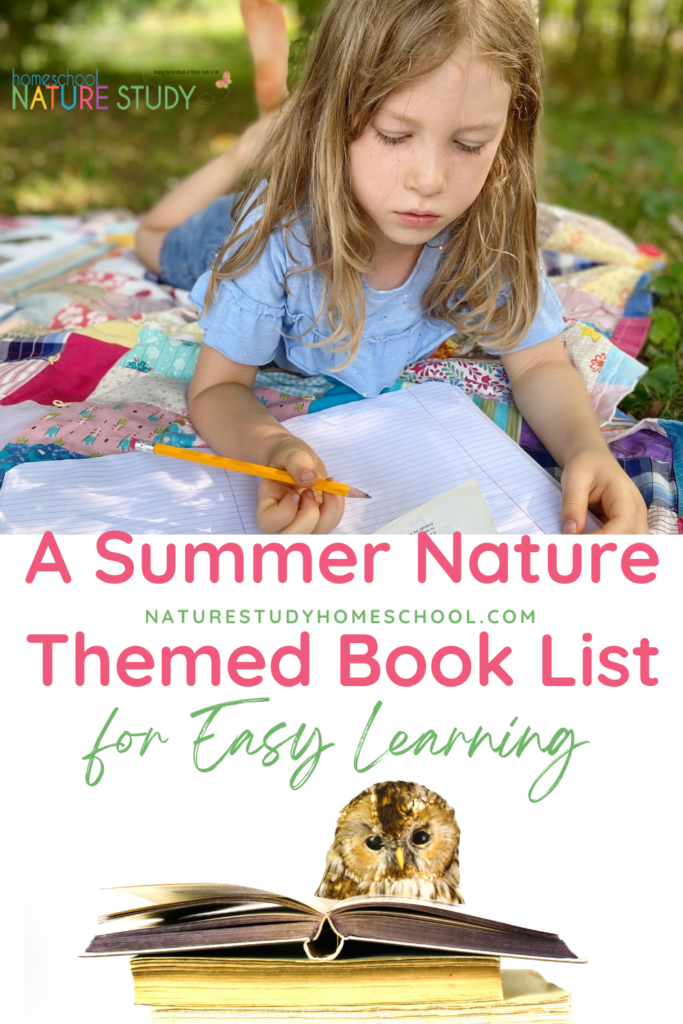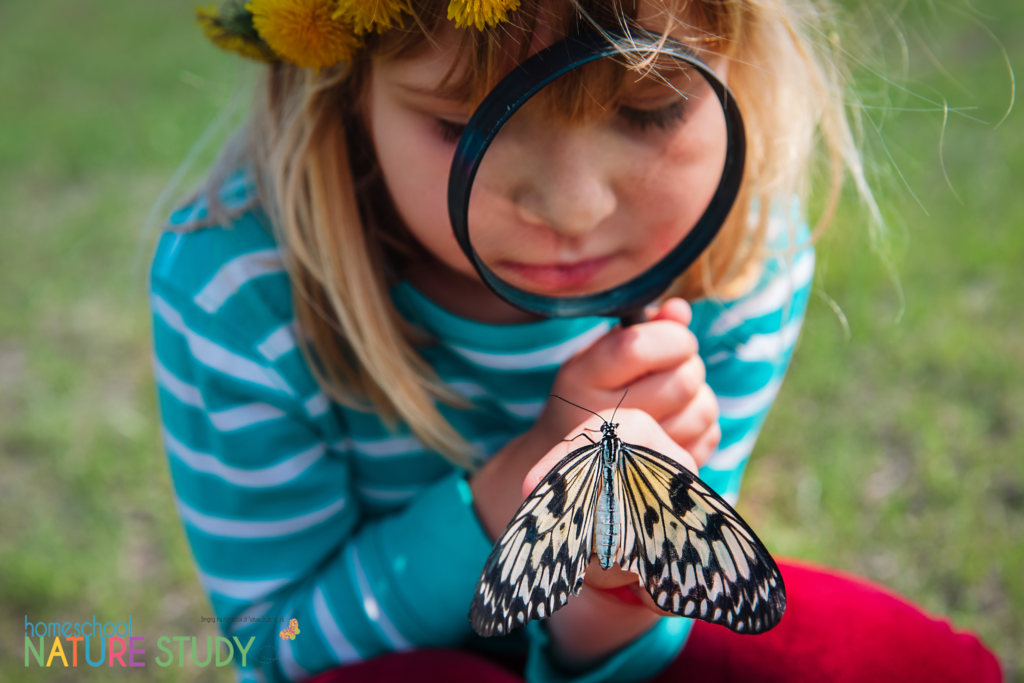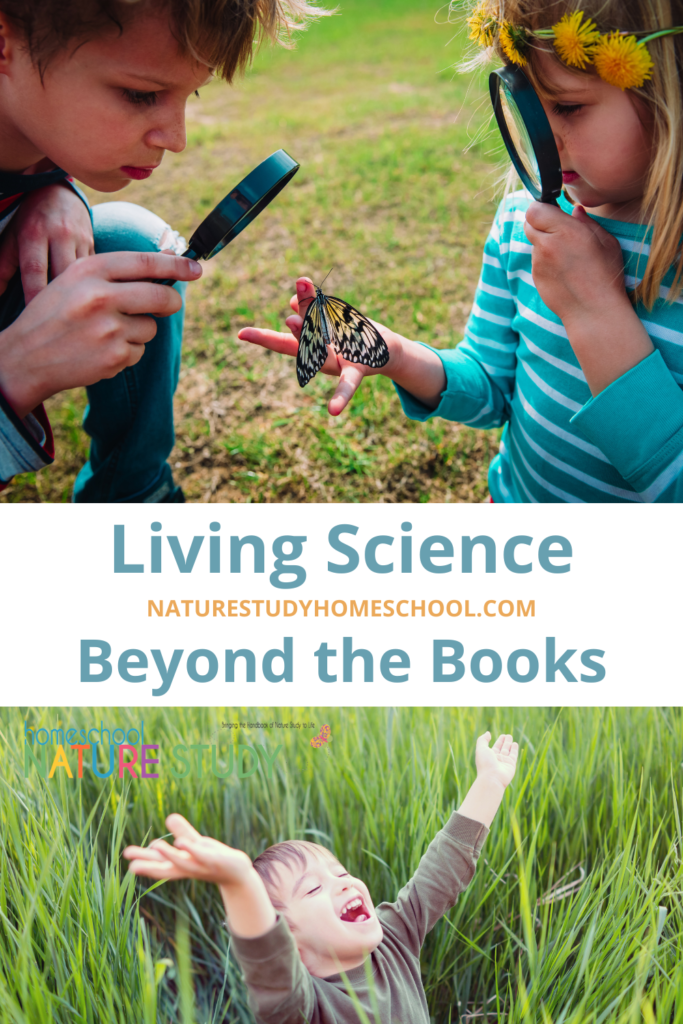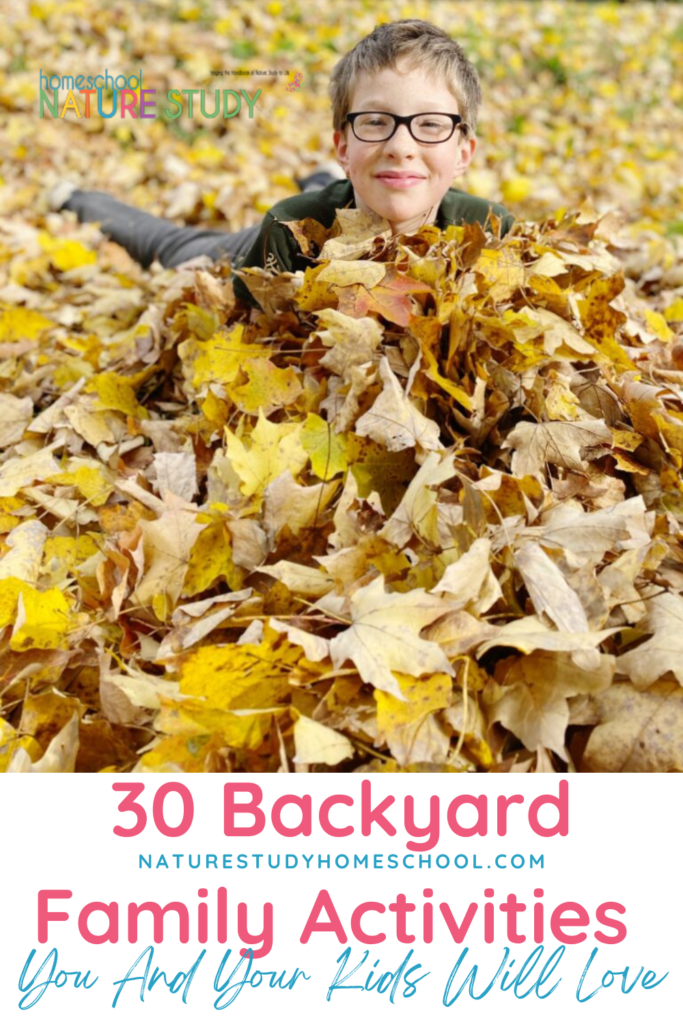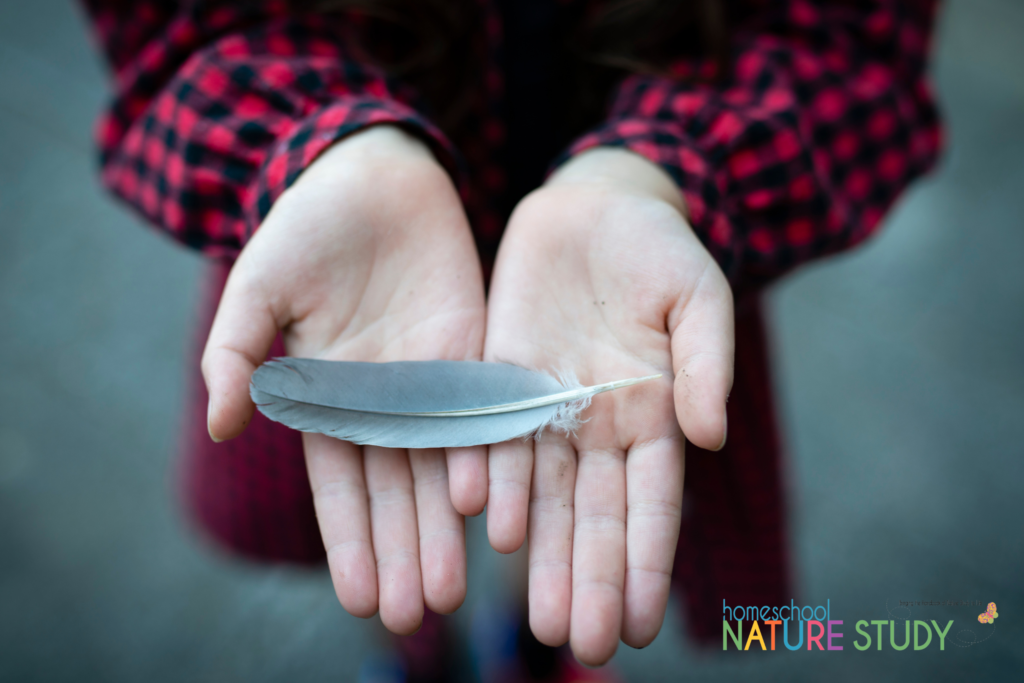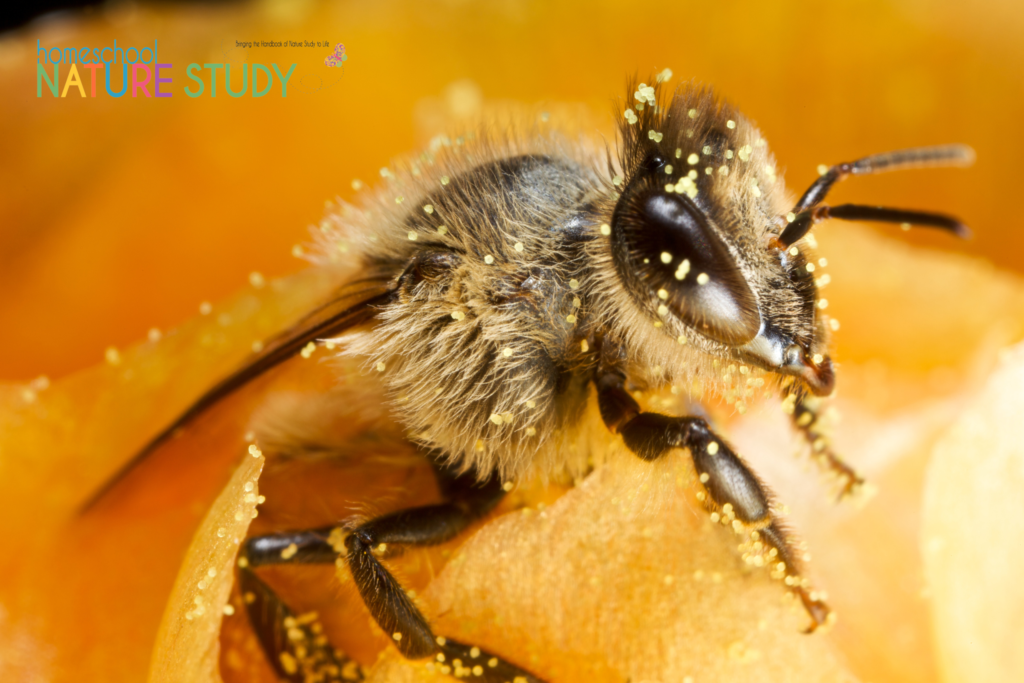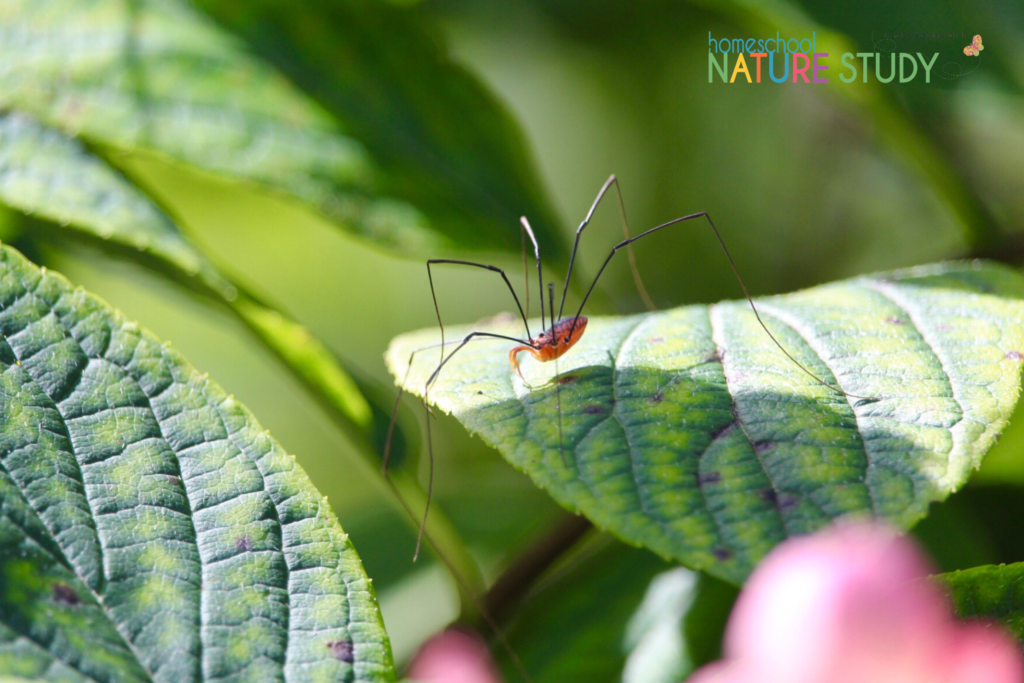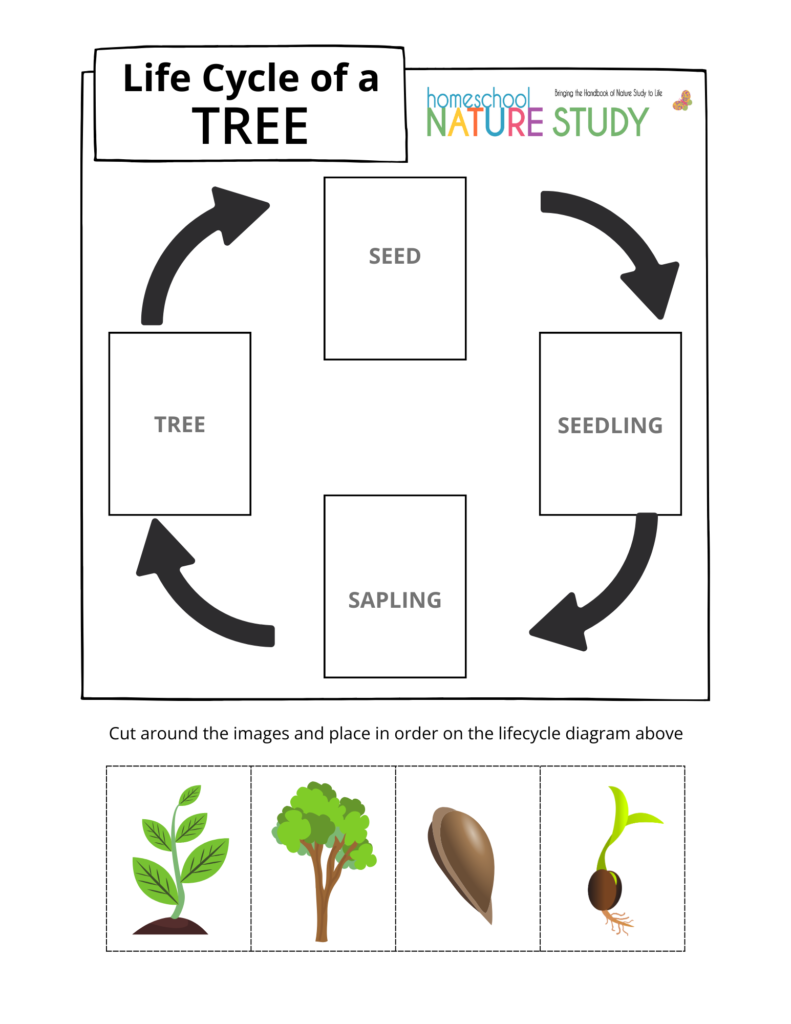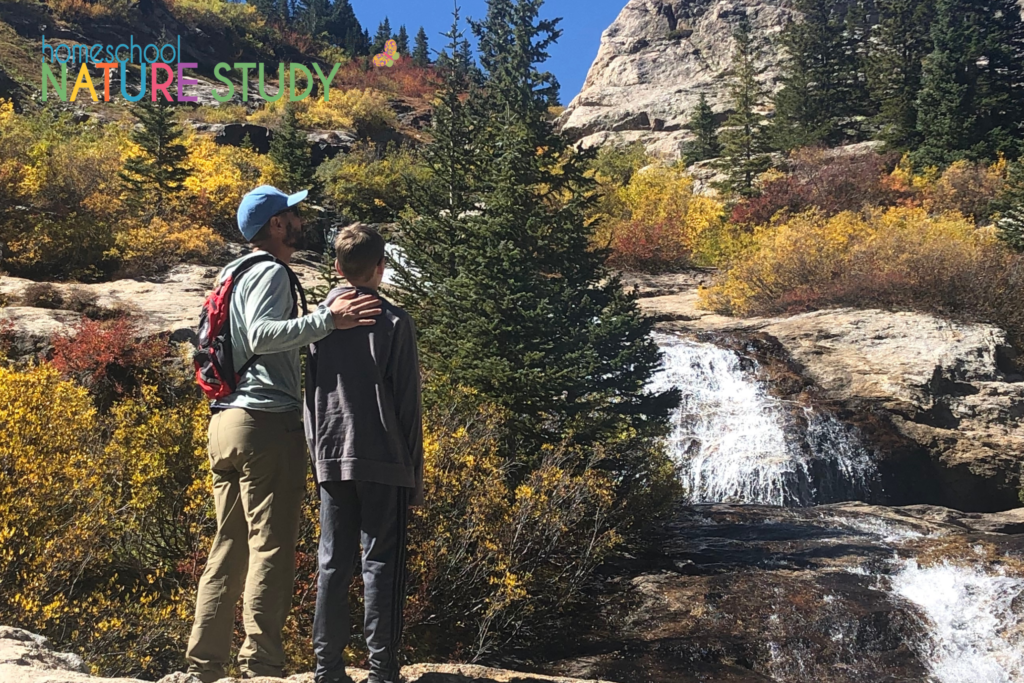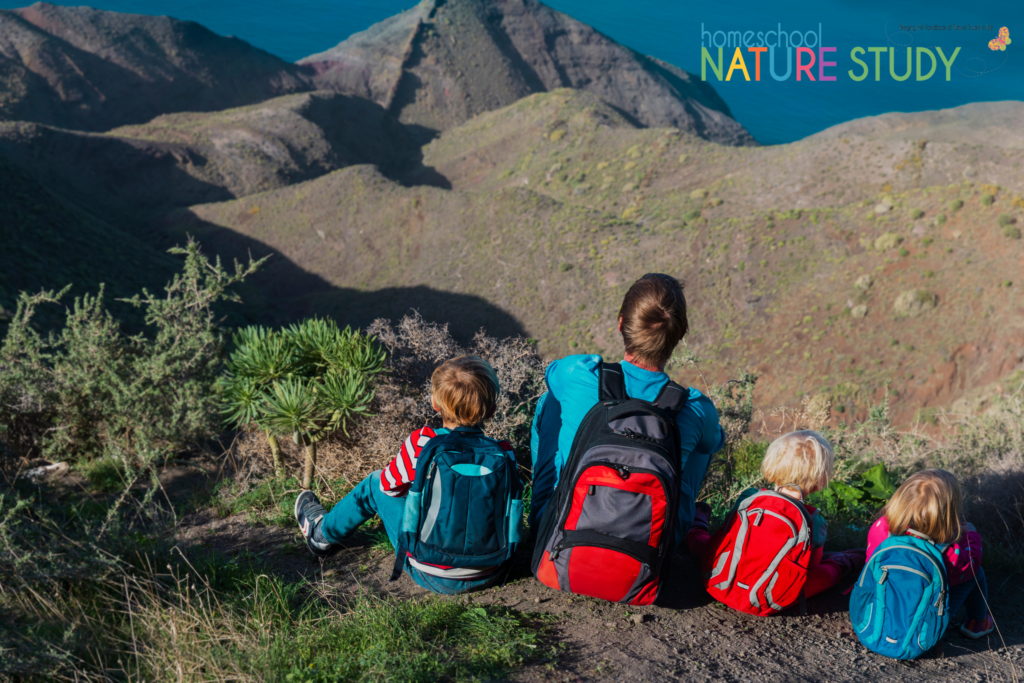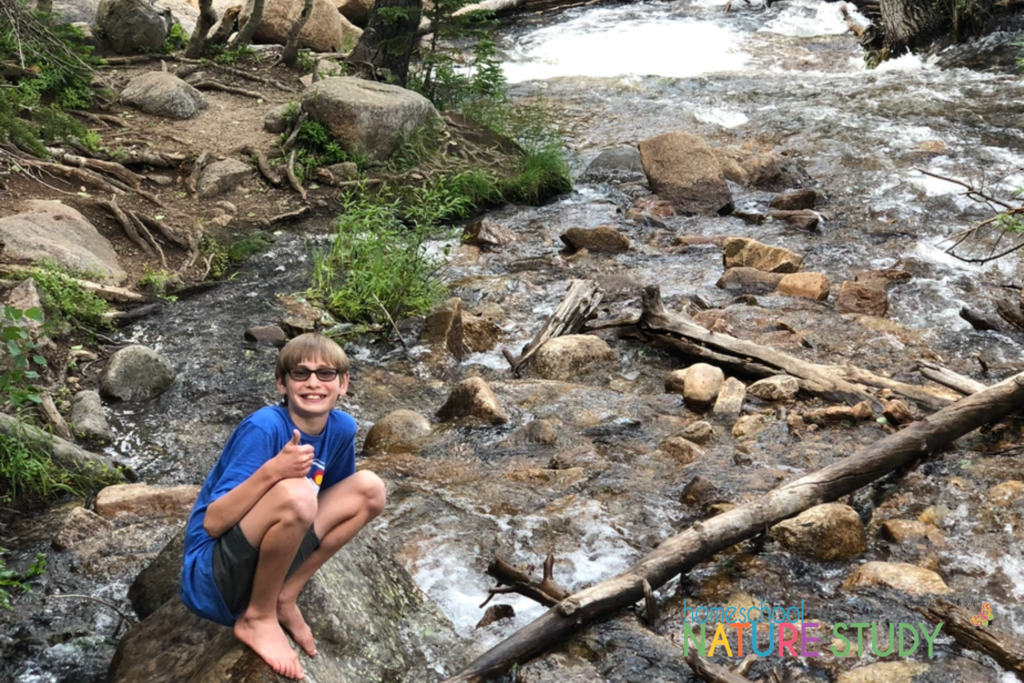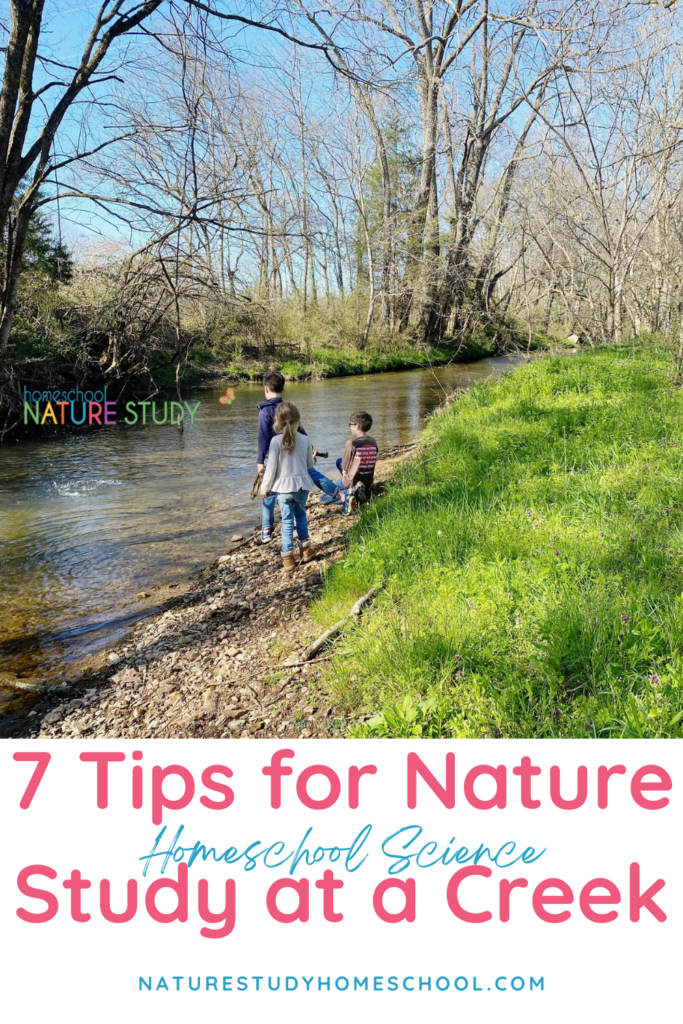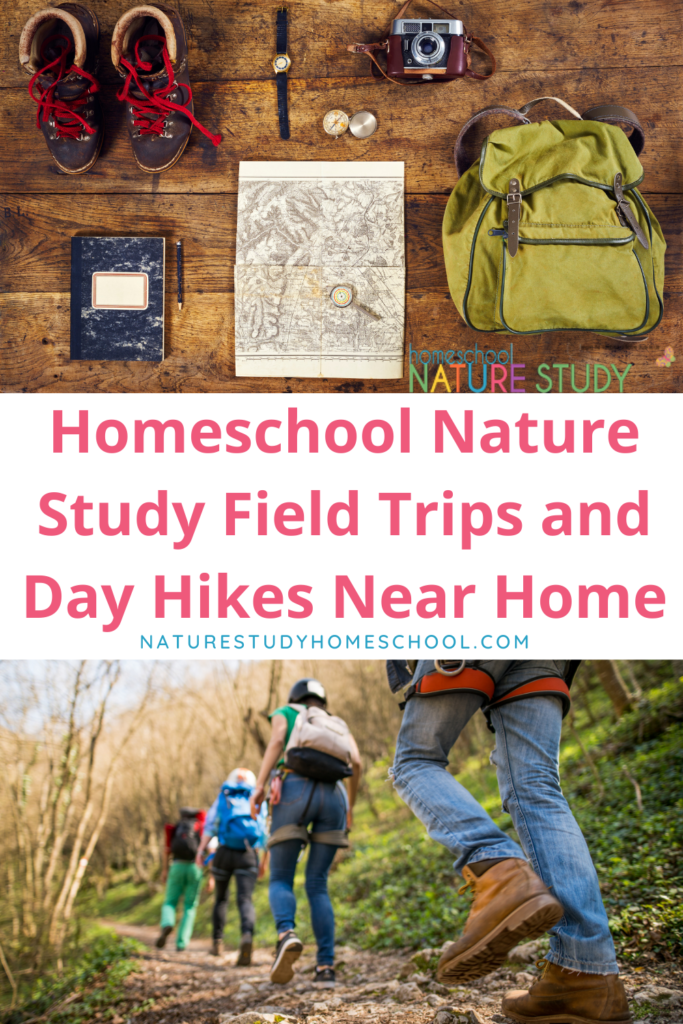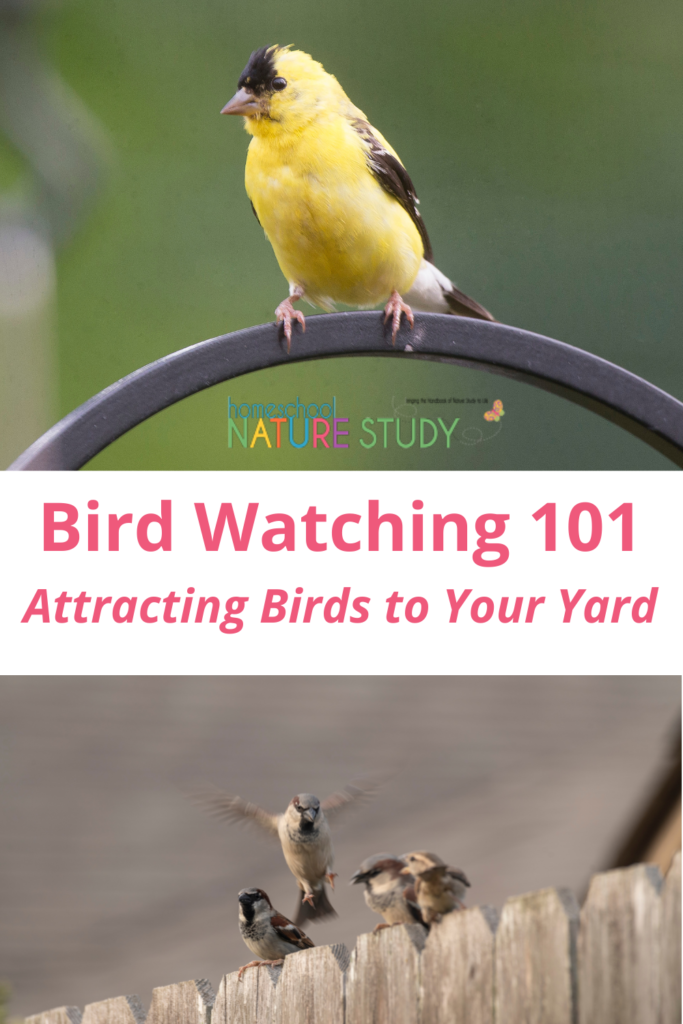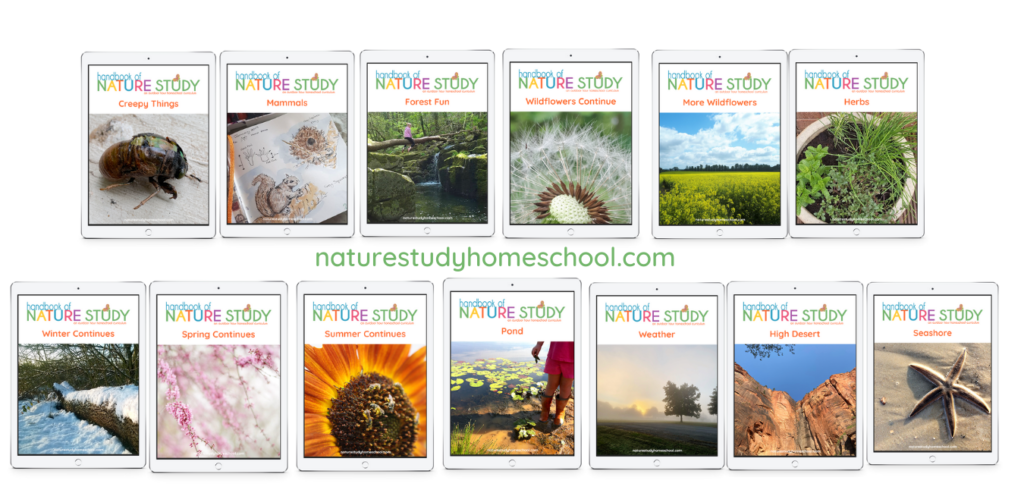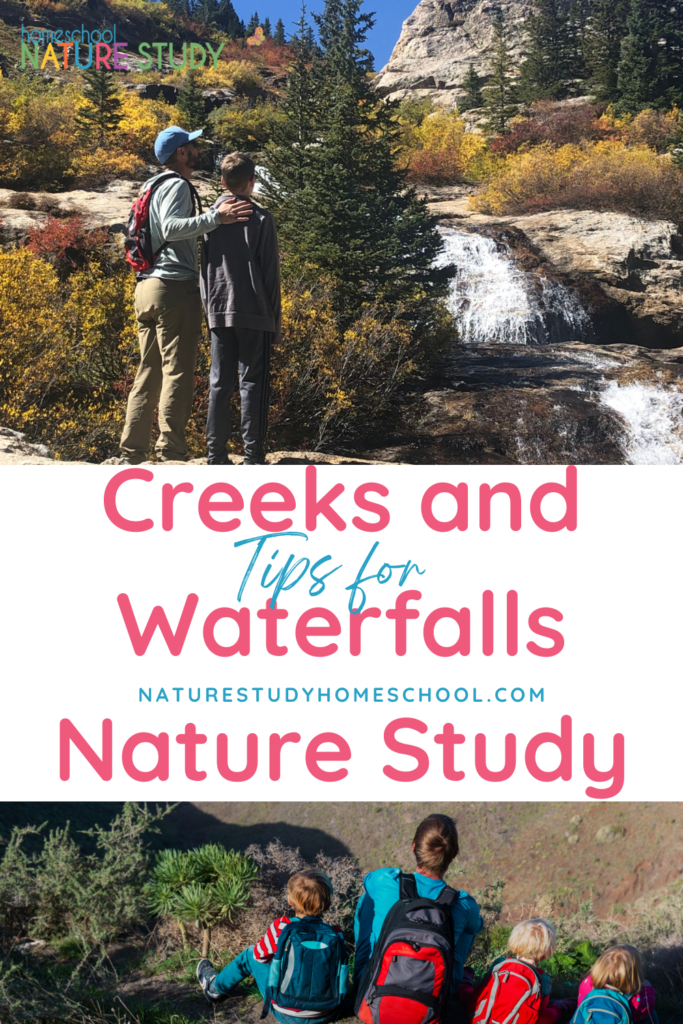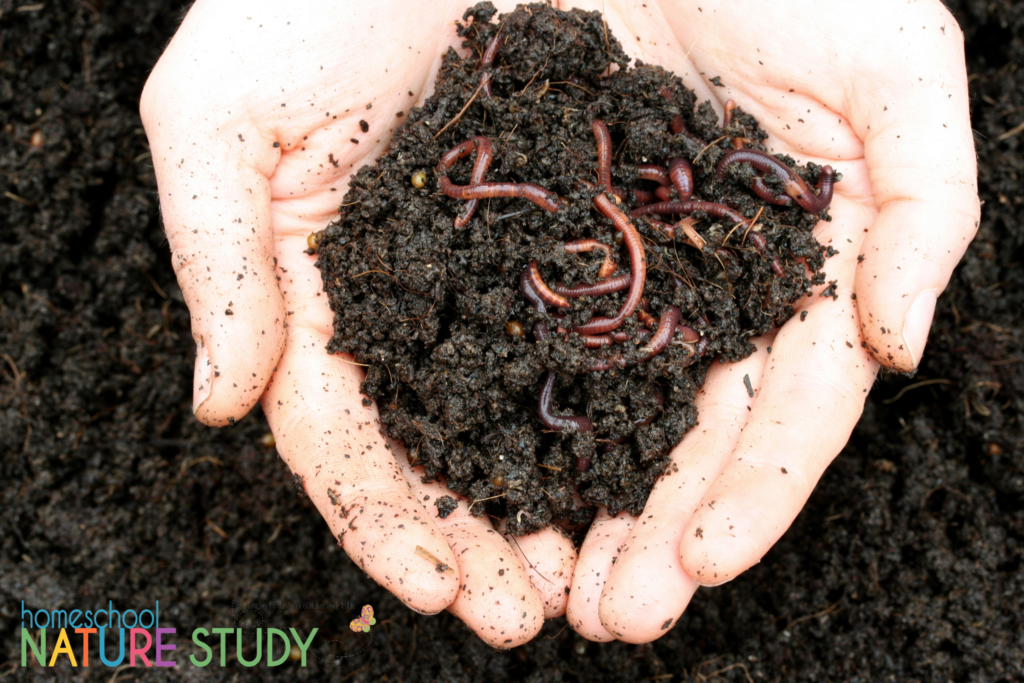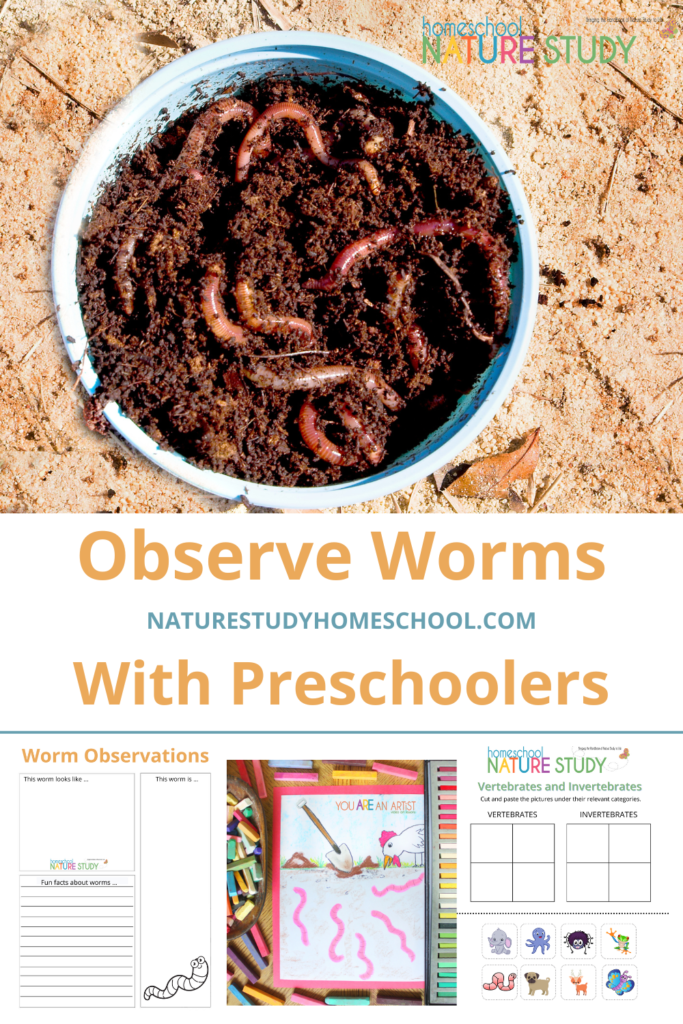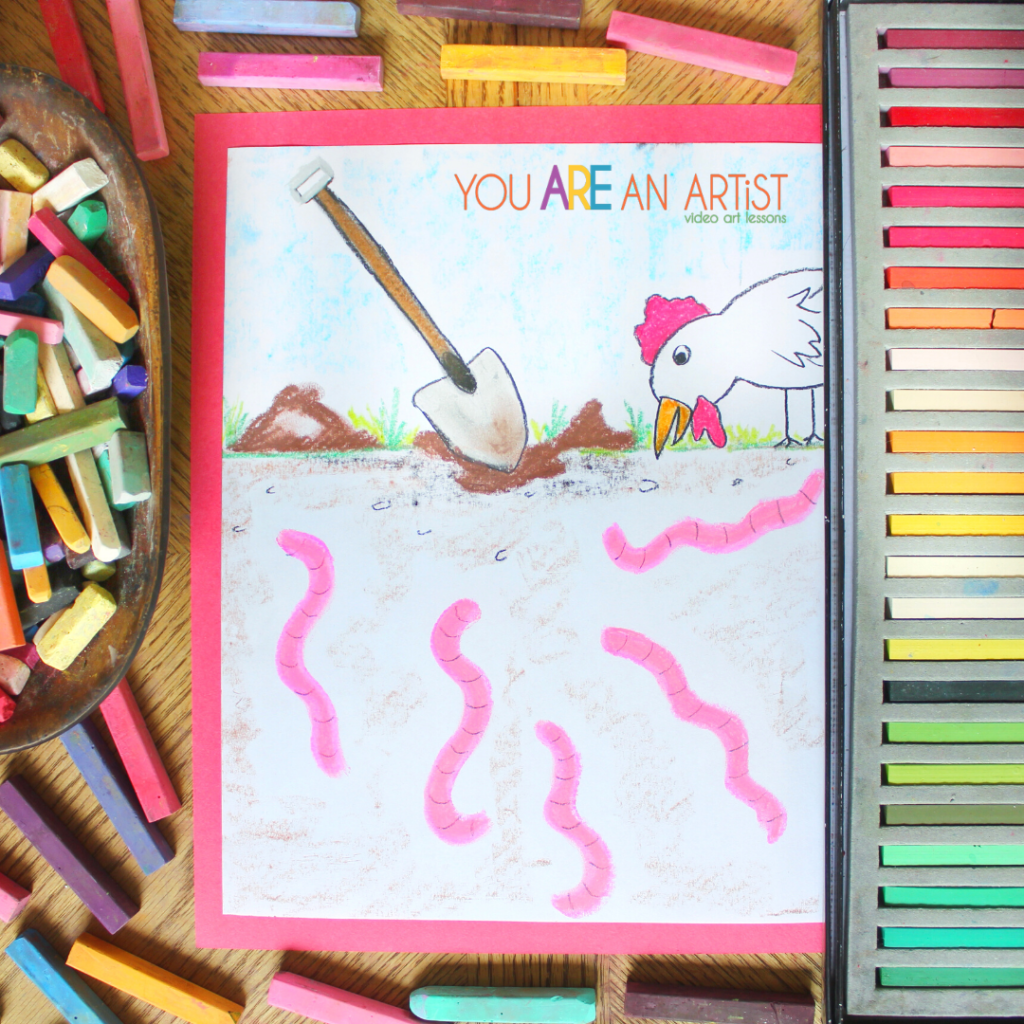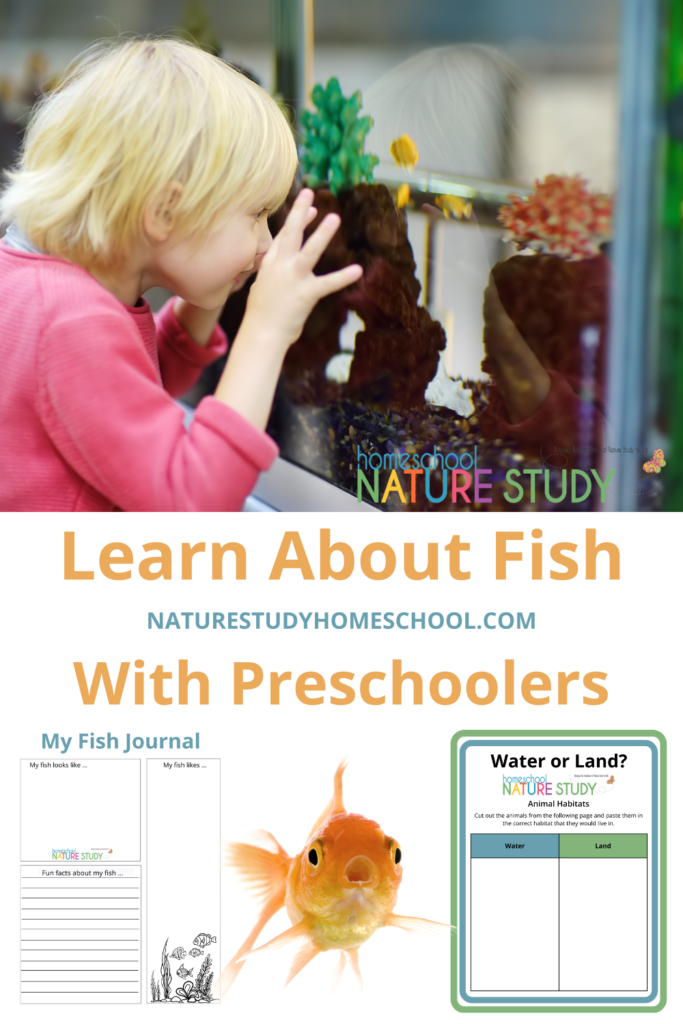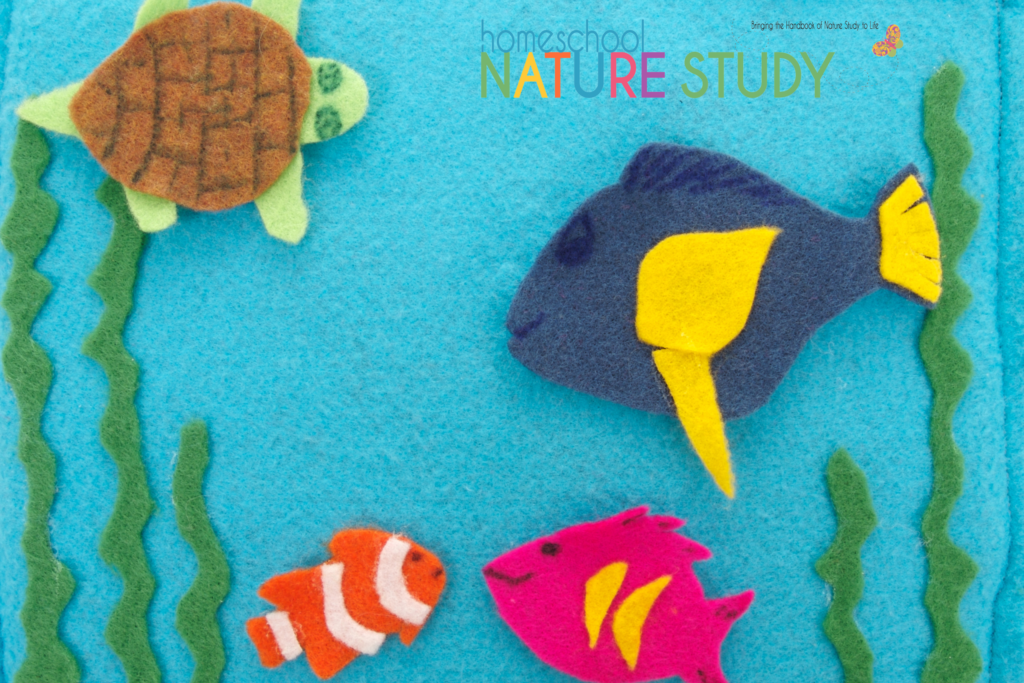Our Charlotte Mason Summer Nature Study Guide is perfect for this time of year.
Are you dreaming of summer yet? Soon we will be winding down our homeschools and taking advantage of the warm summer days ahead of us. Weeks of picnics and walks, weeks of sunshine and warmth. Lovely!
Closing the doors to our schoolrooms brings a time of rest for all of us, and of consolidation. The break from regular studies seems to help the children’s brains to consolidate what they have learnt and cement tricky concepts that they struggled with, for I often found that when we returned to studies in the autumn, they can tackle these things with ease.
But as we know, learning does not stop in the school room. For life and the great outdoors remains the best classroom. Summer is a time that I like to really focus on my children’s education in a different way.
Opportunities For Charlotte Mason Summer Nature Study
I like to place before them a smorgasbord of opportunities. Things like visiting galleries, museums, camping, and spending as much time outdoors and visiting as many different ecosystem’s as possible.
“On fine days when it is warm enough to sit out with wraps, why not take tea and breakfast, everything but a hot dinner, be served out of doors? For we are an overwrought generation, running to nerves as a cabbage runs to seed; and every hour spend in the open is a clear gain, tending to the increase of brain power and bodily vigor, and to the lengthening of life itself. They who know what it is to have fevered skin and throbbing brain deliciously soothed by the cool touch of the air are inclined to make a new rule of life, Never be within doors when you can rightly be without.
Charlotte Mason – The Original Homeschool Series.
I found it rather interesting from the quote above that Charlotte Mason spoke of the symptoms of stress being so prevalent in her own Victorian society. She speaks of them being an ‘overwrought generation’, just as are we today. She knew the remedy for overwrought nerves.
It’s a secret that many of us share but perhaps you don’t yet know it. Well I’ll let you in on the secret…its spending time outdoors. Nature has a calming and healing affect on our mental well being.
And so this summer, let us make it a practice of giving ourselves and our children plenty of purposeful time outdoors
The Charlotte Mason Approach: Where to Begin
Charlotte Mason says that a good starting place is for meals to be taken al fresco. Why? Because they are joyous and there is “nothing like gladness for converting meat and drink into healthy blood and tissue“.
Imagine every meal being one that is joyous and an event to be stored up in our childrens’ memories. I love Charlotte Mason’s sentiment on alfresco eating:
Now that seems to me to be as good as reason as any for making this summer one to strive to have as many meals al fresco as possible. I love the thought that decisions I take today will stand my children in good stead far into the future.
Picture Painting
Some of my most precious, vivid, and lasting memories of my happy childhood shared with my parents and siblings, are of times we spent outdoors together. I clearly remember one particular day hiking out in the mountains. We found a natural pool in a clearing surrounded by trees. The sun was beating down, we were hot from our walk.
We decided to take a swim in the cool, clear water. Afterwards I lay down on a large warm rock at the side of the pool to dry. I remember closing my eyes and being overwhelmed by the peace and tranquility of my surroundings. The warm sunshine, the sound of the birds and my family talking and laughing. The feel of the gentle breeze drying the cold water droplets from my skin. When I opened my eyes, the sight of trees stretching up into the blue sky that was littered with fluffy white clouds slowly moving across the skyscape.
The impact of that day and its lasting memory had a profound affect on me. So much so, that my lovely mother bought a poster of the mountains and forests with a scripture verse, so that I could hang it in my room as a wonderful reminder.
The truth is, I didn’t need a poster to recall each and every detail my surroundings because I had taken in every feature and detail of that landscape that I could narrate it perfectly to you today had we the time and space for me to do so rather than a short post to write about it.
Charlotte Mason calls this ‘picture painting’. Here is how it is done:
- Get the children to look well at a patch of landscape, then shut their eyes and narrate the picture before them (are seeing a correlation here to picture study?)
- If any part of it is blurred, they need to look again.
- When they have a perfect image before their eyes, let them narrate what they see in great detail.
When we engage all our senses: Seeing, hearing, feeling, smelling, coupled with a joyous atmosphere and yes, good wholesome food, we are doing more for our children’s education than any expensive textbook ever can.
Heading Outdoors
Are you beginning to see how we can continue our summer nature studies Charlotte Mason style? So this summer we are going to do much ‘sight-seeing’, ‘picture painting’ and ‘al fresco’ dining as we can. Try and include as many different ecosystems as possible.
I recommend getting out into the country in the meadows and farm-lands, a visit to the beach, a river, the mountains and a woodland. I’ll give you ideas for each setting but first, lets get our field haversack/backpack’s prepped for our summer studies.
Pack Up Your Haversack
When you go out on field work you will need to take your collecting apparatus with you.
- A haversack/backpack for each child
- pond net
- trowel
- collecting jar (to collect insect and water creatures)
- basket (to collect plant specimens)
- scissors
- field note book and pencil
In addition to this field kit, your little naturalists will most certainly appreciate a lovely picnic, plenty of water and of course, sun hats and sun screen. Read this Outdoor Hour Challenge (OHC) post on planning your picnic.
Now that we have covered all the basics, lets focus our summer exploration and nature studies and walks.
I have collated a collection of posts from my own blog as well as from the archives that will hopefully inspire you to just get outdoors this summer and explore these different habitats and biomes. You may find that one day you are simply enjoying being outdoors together and other days may lend themselves for a more in depth exploration/study.
If you are planning on traveling at all this summer then be sure to read our Nature Study and Summer Travel post from the archives for some great tips on how to prepare.
Whatever you decide to do, above all, please just enjoy creating memories of long summer days spent outdoors.
A Seaside Walk: Perfect for Summer Nature Study
Have you ever looked down into the sea on a clear, still day from the side of a boat – as you cross over the rocks below? Imagine yourself looking down into this watery picture. You might see anemones opened up with their tentacle-like petals waving as waves rush in over the rocks.
Or perhaps you will see a starfish or a sea-urchin crawling along the bottom of the rock pool, or a crab rush under a rock the moment it sees your shadow.
There is no end to the delights that the seashore can offer up. It may be a bit of a drive for some but if you can, plan for a fun beach day-trip to explore this amazing habitat.
Be inspired by these posts from the archives.
Summertime Stroll in the Meadows and Fields
In early summer-time there is more sunshine and we see that the grass is growing long in the fields. Let us lie in the grass of a field and keep very quite. What happens in this grassy jungle?
We shall see many different kinds of grasses and many common wildflowers and weeds. Insects and other little creatures often make their homes here.
Do you see any patches of bubbly white stuff which sticks to grass stalks? We call them “cuckoo spit” but it’s not made by the cuckoo bird. Have look at a post from our archives to find out just what it is!
Be inspired by these posts from the archives.
A Wander Through the Woodland
Who can resist a woodland walk! Woodlands always seem so magical don’t they? To be surrounded by great towering trees, to explore the delicate mosses and lichens, some of which look like pixie caps on stalks.
What plants can you find? What creatures can you spot. Can you hear the woodpecker drilling?
Or wouldn’t it be fun to collect pinecones and acorns from the woodland floor to make fir-cone birds and people? Or perhaps collect different leaves and make leaf-prints.
The woodland has so much to offer that it would certainly make for a lovely afternoon out.
Be inspired by these posts from the archives.
Summertime Walk by the Pond, River, or Lake
When last did you wade into a shallow stream and turn up some of the stones on the stream bed? If you do so, you may find some interesting creatures on or under them.
You may find caddis worms, which are not really worms at all. They are larvae of the caddis fly and the build little homes for themselves out of tiny stones or little sticks or hollow stems. The river or pond will provide hours of exploration fun for children.
Make sure you go armed with a net and some collection jars for this visit!
Be inspired by these posts from the archives.
Outdoor Hour Challenges Are Perfect For Charlotte Mason Summer Nature Study
Rather than give you formalized Outdoor Hour Challenges, we hope that guide provides you with an inspired springboard of ideas for your own summer nature adventures that Charlotte Mason would have approved of.
Be Inspired, Be Encouraged and Get Outdoors!



